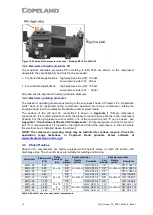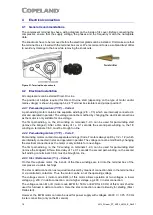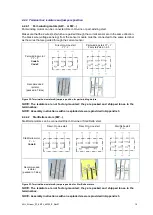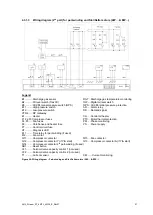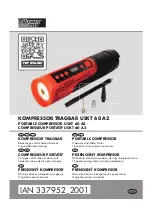
6
AGL_Stream_ST_4MTL_4MSL_E_Rev01
Figure 4: Operating envelopes for transcritical applications with R744
– Models 4MTL-30 to 4MTL-50
Figure 5: Operating envelope for subcritical applications with R744
– Models 4MSL-03 to 4MSL-15
2.4.3 Recommendations for minimum suction superheat
– Lubrication conditions
The operation of CO
2
compressors at conditions where the viscosity of the oil is low might become
very harmful with regard to compressor lifetime expectancy. Indicators like oil temperature and
discharge temperature must be observed to judge about the lubrication conditions. Depending on
the application (low temp, medium temp, parallel compression, etc.) different minimum suction
superheat values have to be respected to secure maximum protection of the compressor. In general,
higher superheat on the suction inlet of a compressor provides higher safety, but the limits for the
maximum allowable discharge temperature have to be considered as well (superheat has a direct
impact on the discharge temperature).
Particular attention should be paid to the following points:
▪
Measuring the suction superheat becomes more critical with larger diameters on the suction tube.
Ensure proper positioning of sensor. Sensor sleeves must be used with large diameters.
▪
The oil temperature is measured on the bottom (lowest position) of the compressor shell directly
between the two sight glasses. The use of sensors for measurements on a plain surface is
preferable for best accuracy.
▪
The discharge temperature can be read through Modbus from the CoreSense Diagnostics
module. If an additional sensor is applied to the discharge line (as close as possible to the

















